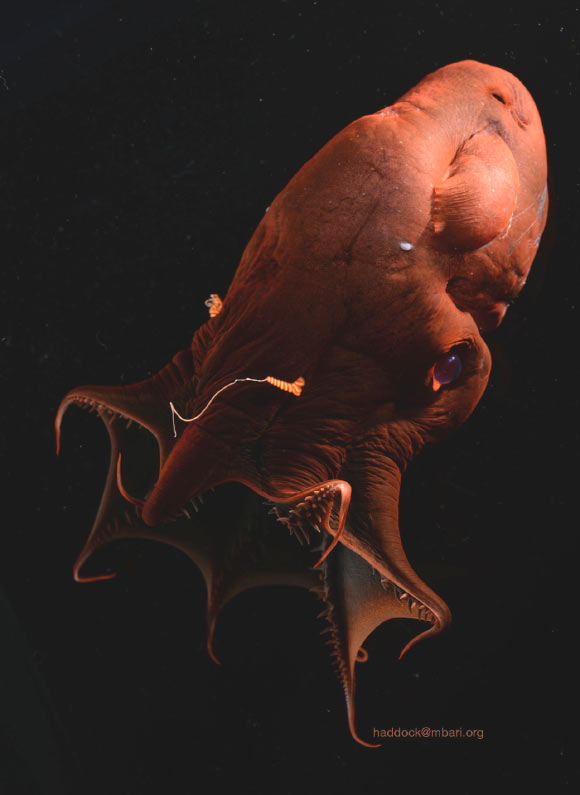The genome of the vampire squid (Vampyroteuthis sp.) is one of the largest animal genomes, exceeding 10 billion base pairs.
The vampire squid (Vampyroteuthis sp.) is one of the most enigmatic animals of the deep sea. Image credit: Steven…

The genome of the vampire squid (Vampyroteuthis sp.) is one of the largest animal genomes, exceeding 10 billion base pairs.
The vampire squid (Vampyroteuthis sp.) is one of the most enigmatic animals of the deep sea. Image credit: Steven…